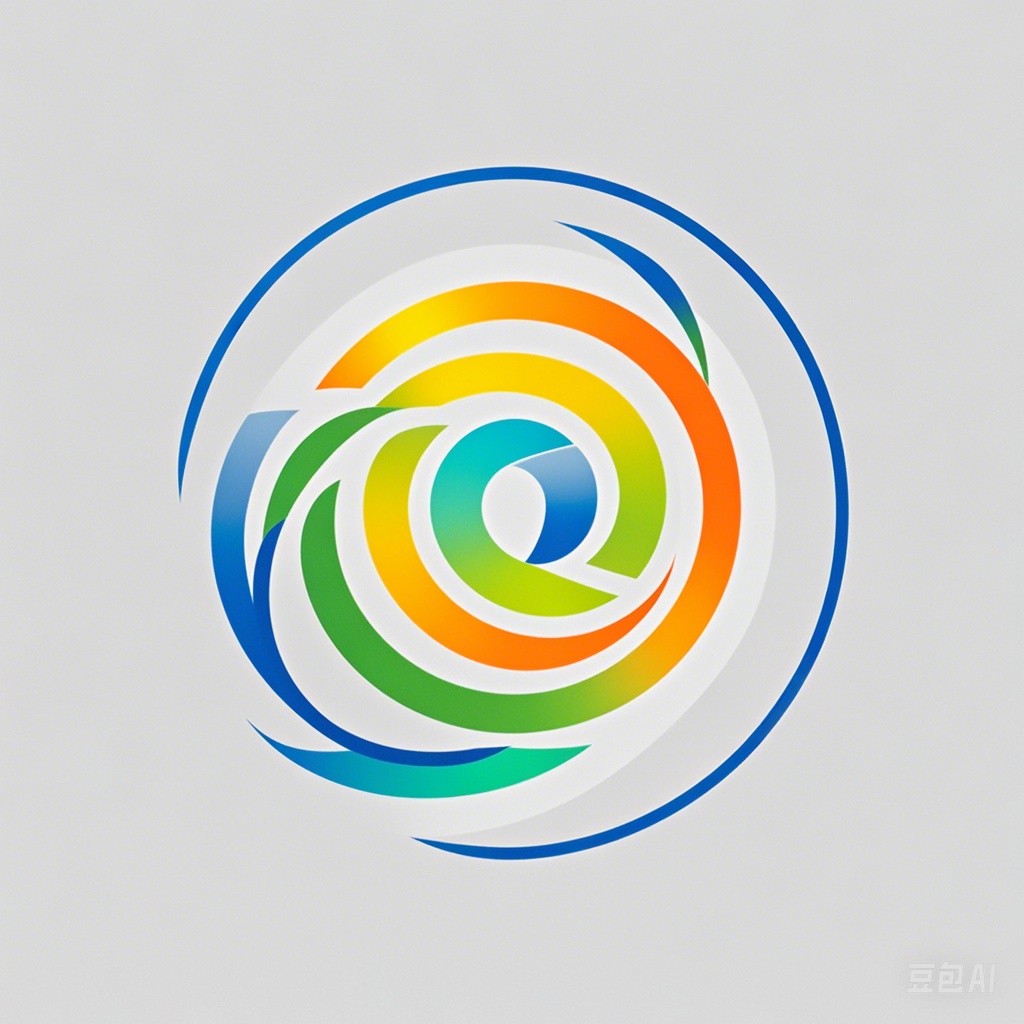融媒体,作为信息时代的新型传播方式,正在深刻地改变着传统媒体格局。随着技术的不断创新,融媒体正逐渐成为未来传播的新引擎。本文将深入解析融媒体技术创新的几个关键领域,旨在揭示其如何推动传播方式的变革。
一、多媒体内容的盛宴:丰富性引领信息革命
1.1 多媒体融合技术的应用
融媒体的核心优势在于其多媒体内容的丰富性。通过融合文字、图片、音频、视频等多种媒体形式,融媒体为受众提供了更加立体、丰富的信息体验。
代码示例:
# 假设一个简单的融媒体内容生成器
class MultimediaContent:
def __init__(self, text, images, audio, video):
self.text = text
self.images = images
self.audio = audio
self.video = video
def display(self):
print("Text:", self.text)
for img in self.images:
print("Image:", img)
print("Audio:", self.audio)
print("Video:", self.video)
# 创建一个融媒体内容实例
content = MultimediaContent(
text="融媒体技术引领未来传播",
images=["image1.jpg", "image2.jpg"],
audio="audio.mp3",
video="video.mp4"
)
# 展示内容
content.display()
1.2 个性化内容推送
通过智能分析,融媒体能够精准匹配不同受众的偏好,实现个性化内容推送。
代码示例:
# 个性化内容推荐算法(简化版)
def recommend_content(user_preferences, all_content):
recommended = []
for content in all_content:
if any(pref in content for pref in user_preferences):
recommended.append(content)
return recommended
# 用户偏好
user_preferences = ["科技", "新闻", "娱乐"]
# 所有内容
all_content = [
{"title": "科技新闻", "tags": ["科技", "新闻"]},
{"title": "娱乐报道", "tags": ["娱乐"]},
{"title": "体育赛事", "tags": ["体育"]}
]
# 推荐内容
recommended_content = recommend_content(user_preferences, all_content)
print("Recommended Content:", recommended_content)
二、多渠道传播的矩阵:广泛覆盖,触达每一个角落
2.1 跨平台传播
融媒体打破了传统媒体的界限,实现了跨平台、跨渠道的无缝传播。
代码示例:
# 示例:跨平台内容发布
def publish_content(content, platforms):
for platform in platforms:
platform.publish(content)
# 内容
content = "这是一条跨平台发布的内容。"
# 平台列表
platforms = ["网站", "社交媒体", "APP", "小程序"]
# 发布内容
publish_content(content, platforms)
2.2 数据分析优化传播策略
利用数据分析能力,融媒体可以优化传播策略,确保内容在不同渠道上的高效流通。
代码示例:
# 分析内容传播效果
def analyze_content_performance(content, metrics):
performance = {}
for metric in metrics:
performance[metric] = content.get(metric, 0)
return performance
# 内容
content = {"likes": 100, "shares": 50, "comments": 20}
# 指标
metrics = ["likes", "shares", "comments"]
# 分析效果
performance = analyze_content_performance(content, metrics)
print("Content Performance:", performance)
三、交互与参与的桥梁:构建双向沟通的新生态
3.1 互动交流空间
融媒体不仅仅是一个信息展示的平台,更是一个互动交流的空间。
代码示例:
# 示例:用户评论系统
class CommentSystem:
def __init__(self):
self.comments = []
def add_comment(self, user, comment):
self.comments.append({"user": user, "comment": comment})
def display_comments(self):
for comment in self.comments:
print(f"{comment['user']} said: {comment['comment']}")
# 创建评论系统实例
comment_system = CommentSystem()
# 添加评论
comment_system.add_comment("User1", "Great content!")
comment_system.add_comment("User2", "I love the video!")
# 展示评论
comment_system.display_comments()
3.2 社交化传播
通过评论、点赞、分享等方式,受众可以参与到内容创作和传播中来。
代码示例:
# 社交化传播示例
def social_share(comment):
print(f"Comment shared: {comment}")
# 分享评论
social_share("This is an amazing article!")
四、总结
融媒体技术创新正在推动传播方式的深刻变革。通过多媒体内容的丰富性、多渠道传播的广泛性、交互性与参与性的增强,以及数据化运营的精细性,融媒体正成为未来传播的新引擎。随着技术的不断进步,我们可以预见,融媒体将继续引领传播领域的发展,为受众带来更加丰富、高效、个性化的信息体验。
